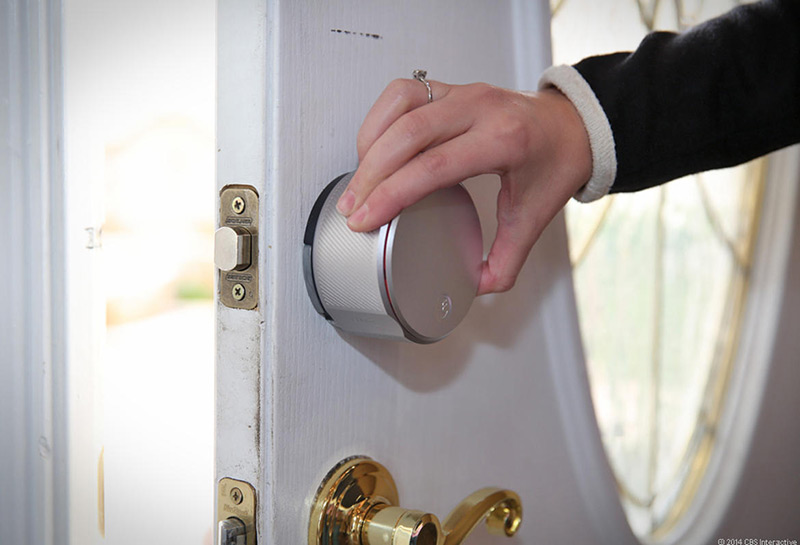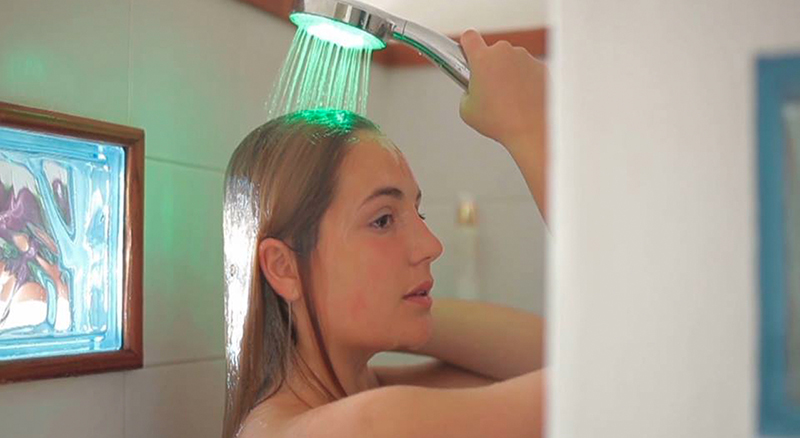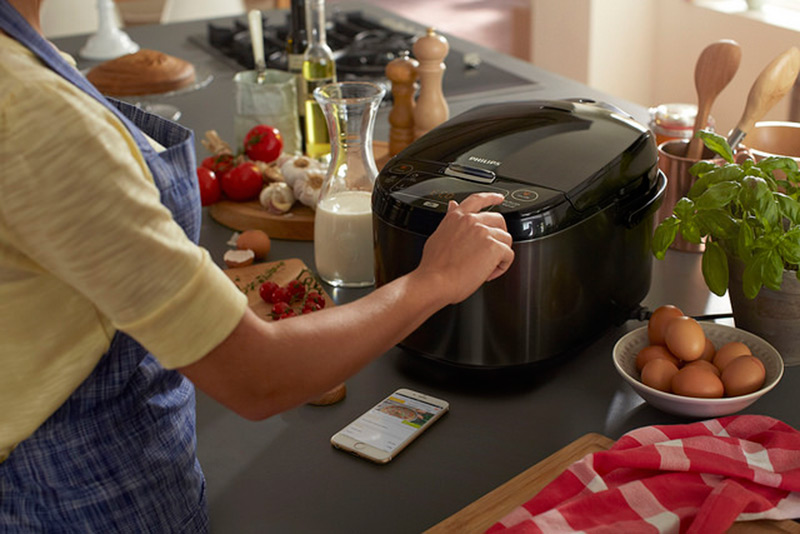Home automation is no trend. Within the industry, you’ll discover loud voices shouting that the Internet of Things (IoT) is failing, and others exclaiming just as loudly that it’s changed the world and is here to stay.
Whether you love it or hate it, home automation is everywhere, and research shows people want more.
Eighty-one percent of people who already have smart home products say they are “more likely to buy a home if smart technology was already installed,” according to a survey jointly conducted by CNET and Coldwell Banker.
With home automation growing rapidly, here are a few new and up-and-coming features to look forward to.
The basics – but upgraded
From Wi-Fi thermostats to smart lighting and security products, most of us are familiar with these well-loved smart home technologies. But these home automation basics are not so basic anymore. They’re more advanced than ever, and only getting smarter.
Smart locks allow you to lock and unlock your door from home and while you’re away. You can even give those who regularly access your home “digital keys.”
Some smart locks let you schedule when your door locks. For example, if you have a dog walker visiting Fido when you’re at work, you can monitor and schedule access without having to give someone a physical key to your home.

Netatmo’s outdoor security camera, Presence, can decipher between a person, an animal, or a car. It notifies the homeowner when it detects something out of the norm. There are plenty of impressive outdoor security cameras on the market today, but future cameras will feature enhanced resolution functionality, particularly at night.
Automated lighting systems are getting smarter, too. You can automate every light in your home using a centralized system, then turn lights on and off with voice commands or a mobile app.
Think of the home security bonus you get with WiFi lights, too. When you’re away, you can make it look like you’re home by turning on lights with one touch in an app.
Sensor technologies
While plenty of connected smoke alarms are available, Halo is different. It can sense fast and slow-burning fires as well as carbon monoxide levels. And since it’s connected to a weather radio, it can alert you of hurricanes, tornado warnings, and other important weather conditions.
Febreze Home is more than an automated air freshener. It works with the Nest thermostat and your HVAC system to monitor airflow so it knows when to dispense air freshener. And no surprise here: you can schedule it with an app.
For those especially concerned with water conservation, smart showerheads, like HYDRAO, show you how much water you’re using while showering – changing colors as you use more water.

You can also find outdoor sprinkler systems that turn off when they detect rain, and have flood sensors to notify you of water leaks.
In the future, expect to see a focus on sensors that monitor everything from motion, environment, and even your state of health via sound and video tracking.
Smarter robotic appliances
You’ve already seen robotic floor vacuum systems, like the Roomba. So what’s next? Expect more products that can do more and connect with a home’s smart home hub.
The Seven Dreamers’ Laundroid is literally a laundry-folding robot. It uses image-recognition algorithms to fold clothing accordingly. Seven Dreamers plans to bring a working model of the Laundroid to the Consumer Electronics Show in 2017, and the technology may be included with some Panasonic washers and dryers by 2018.
Another example is the Philips ChefConnect Multicooker. This device lets you choose a recipe, add ingredients, and then it does everything else for you via its ChefConnect app. From baking to boiling to grilling, it does it all – and also provides nutrition information.

Perhaps one of the most talked about connected futuristic appliances is Samsung’s Family Hub Refrigerator. Its large touch panel, which Samsung refers to as the “digital family command center,” lets you play music, check your calendar, and leave notes. It will also help you identify the food you need and food you already have, and track item expiration dates.
Protecting your connected devices
Security is a continued concern within the home automation industry. Worries about hackers tapping into your network are justified, but it’s not a common occurrence.
Home automation is quite secure, but it isn’t perfect – yet. However, there are plenty of ways you can keep hackers out of your smart home. And many services offer encrypted connections for their customers, giving you an added layer of protection.
What’s next?
As time goes on, you should be able to connect more and more of your home devices – automating every aspect of your home life. Voice command technology will be everywhere, and remote controls will be a thing of the past.
Home automation products aim to simplify your home life in ways you didn’t even realize you wanted or needed. The future will bring an increase in combination sensor products, like the connected sensors used by Febreze Home. Ultimately, these multi-sensing home automation devices will better “understand” the context of how we live our lives – and automatically adjust our environment accordingly.
Related:
